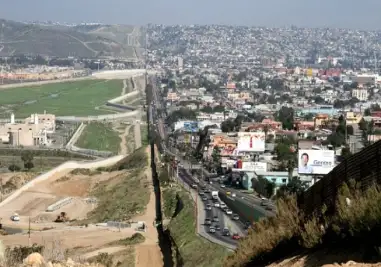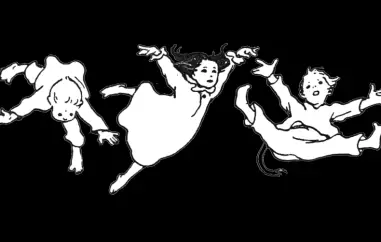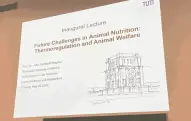Investigation Links Airport Explosion to WWII-Era Bomb
An investigation by Japan's Defense Ministry has revealed that a bomb, originally dropped by U.S. forces during World War II, was responsible for an unexpected explosion at Miyazaki Airport in October 2024. The findings suggest that the explosive contained a timed detonator intended to delay the activation of its fuse.
The bomb was identified as a type used in wartime air raids, designed to employ chemical reactions to trigger their fuses. These explosives were aimed at temporarily incapacitating military bases utilized by the Imperial Japanese forces for kamikaze operations.
This incident underscores the enduring impact of wartime actions, as the country prepares to commemorate the 80th anniversary of the conclusion of the conflict in the coming summer. The unexpected detonation serves as a stark reminder of the unresolved legacy of air raids conducted by the U.S. on Japanese soil.
The investigation highlights the importance of addressing historical remnants of conflict, particularly as they pose potential risks to modern safety. The presence of such unexploded ordnance raises concerns regarding public safety and the necessity for continued vigilance in monitoring historical sites.
As Japan reflects on its wartime history, the recent explosion at Miyazaki Airport reiterates the complexities of reconciling with the past. This event not only brings attention to the historical context of the explosives but also prompts discussions about how to manage and mitigate risks associated with unexploded ordnance in populated areas.
Efforts to safely neutralize and remove such potentially hazardous materials are crucial to ensuring the safety of both residents and travelers. The incident has sparked discussions among officials and experts about the ongoing threat posed by wartime relics and the measures that need to be taken to prevent similar occurrences in the future.
As Japan approaches this significant anniversary, there will likely be an increased focus on the historical implications of these events, alongside a commitment to addressing the lingering dangers posed by remnants of the past.









































